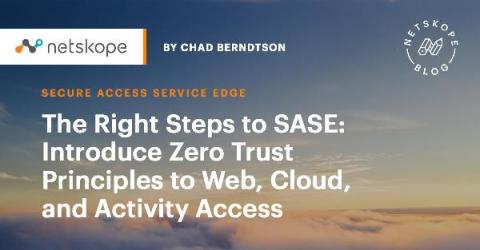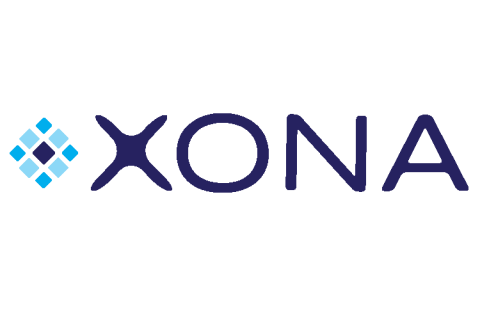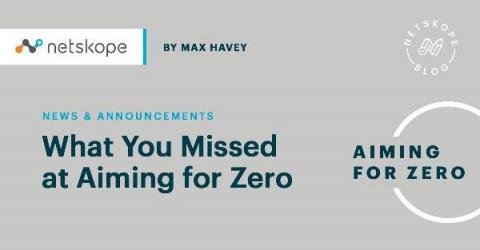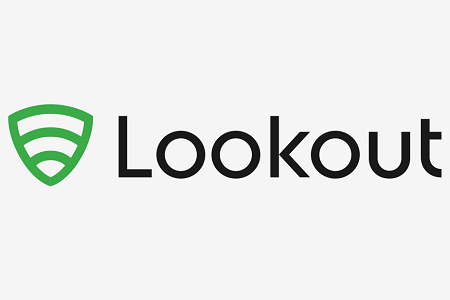A Look at a Zero Trust Strategy for the Remote Workforce
If you are new to the security world, it is fair to ask yourself, “Isn’t access to data and systems always conditional? Isn’t it always granted to someone who has access to the credentials (ID and password)?” True enough, but in totality, the approach to managing access encompasses a broader spectrum of privacy policies. These policies include a mix of different strategies that can be applied based on an organization’s security vulnerabilities.











